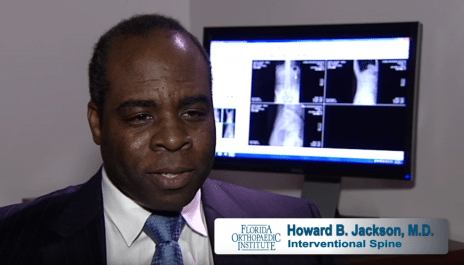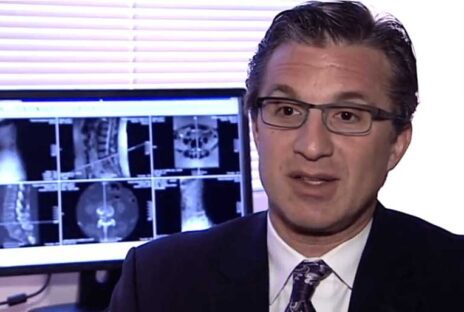Personalized care from orthopedic spine specialists
Treatments for back & neck pain
Back and neck pain get in the way of an active lifestyle. FOI’s orthopedic spine specialists are internationally recognized for consistently restoring functionality and normalcy to patients dealing with spine and back pain.
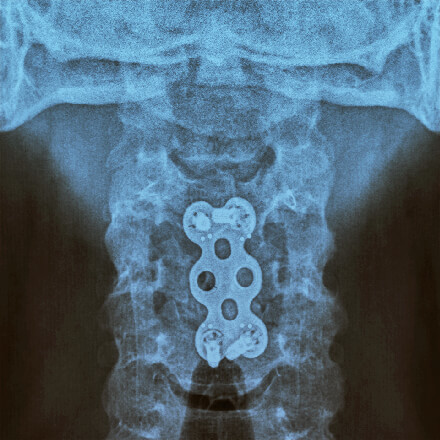
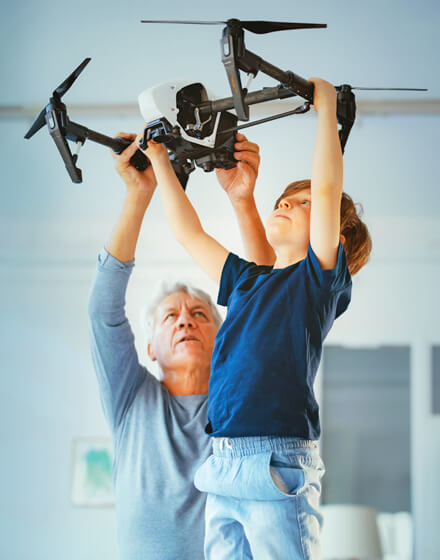
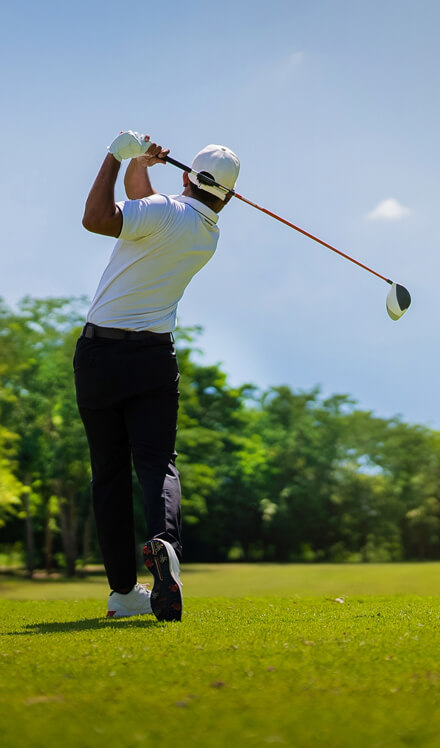


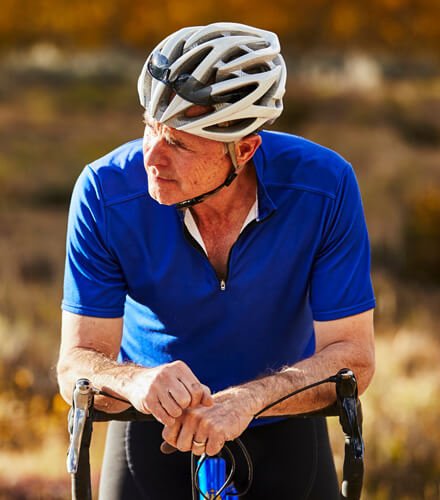
Learn more about
Orthopedic spine care team at FOI
Operative and non-operative physicians





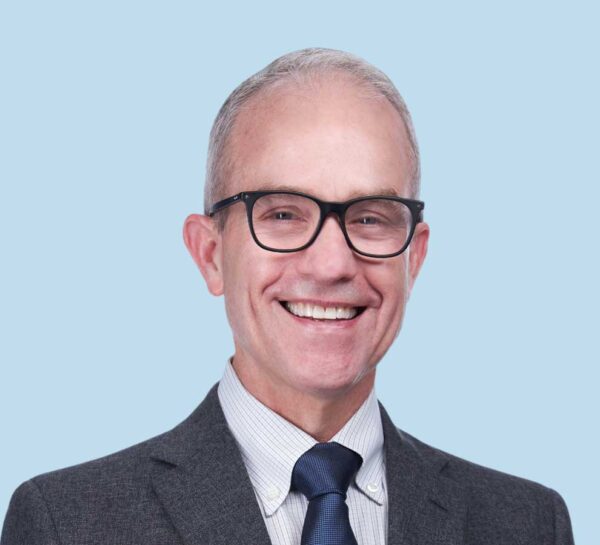






Common back & spine conditions
Back and neck pain are incredibly common, impacting millions of people worldwide. Our orthopedic spine specialists are highly-trained in identifying the root cause of spine-related conditions, including the following:
- Cervical Radiculopathy (Pinched Nerve in the Neck)
- Degenerative Disc Disease
- Diffuse Idiopathic Skeletal Hyperostosis (Forestier’s Disease)
- Discitis
- Kyphosis (Roundback of the Spine)
- Lumbar Radiculopathy (Sciatica or Sciatic Nerve Pain)
- Osteoporosis
- Piriformis Syndrome
- Sacroiliitis (Sacroiliac Joint Pain)
- Scoliosis (Sideways Curve of the Spine)
- Spondylolisthesis & Spondylolysis
- Vertebral Fractures
- Whiplash Injuries (Neck Strains) & Whiplash-Associated Disorders
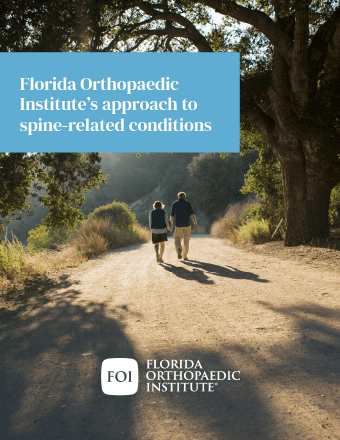
Learn more about our non-operative and operative spine procedures and how to know which path is right for you.
Once I woke up after surgery, I immediately had the best relief of my life. That pain that I was in agony for four months ended up completely going away – like it didn’t even exist. Charles Duncan | Minimally Invasive Spine Surgery
Treatments from spine specialists
Driven by research and expertise, our orthopedic spine specialists offer unparalleled surgical and nonsurgical treatment options, including the following:
A corpectomy is a surgical procedure through the front of the neck that removes herniated or degenerative vertebral discs in your neck that are compressing the spinal nerves and spinal cord. An anterior cervical corpectomy uses a surgical approach through the front of the neck to remove damaged vertebrae and intervertebral discs and replace them with a bone graft or implant. This helps relieve painful pressure on spinal nerves. In a discectomy, only the damaged portion of a disc and bone spurs are removed.
Used in the U.S. since 2004 and demonstrating greater than 89-97% good or excellent results, artificial disc replacement is designed to relieve back pain while maintaining more normal motion. A synthetic or “artificial” disc replaces worn or damaged disc material between the small bones in the spine (vertebrae). Because it preserves a more normal motion of the spine, ADR is an alternative to lumbar fusion for low back pain.
Bone cement injection can help relieve severe, disabling pain caused by a compression fracture, reduce the use of pain medication, and increase mobility. Bone cement injection is typically an outpatient procedure used to help stabilize compression fractures of the spine. Backbones (vertebrae) that are cracked or broken are injected with bone cement. The cement hardens, stabilizing the fractures and supporting the spine. The success rate for this procedure is 73 to 90 percent in treating osteoporotic fractures.
Decompression surgery with interlaminar stabilization implants can help relieve back problems from conditions such as spinal stenosis, spondylolisthesis, and degenerative arthritis. Also known as spacers, interlaminar stabilization implants are a minimally invasive surgical procedure for certain types of spinal stenosis. They can relieve the pain and symptoms from nerve compression caused by stenosis. The surgically implanted spacer is inserted between spinal segments to support the spine and provide space for nerves to function without pain. Unlike a spinal fusion, interlaminar stabilization implants preserve motion so your spine can still move naturally.
Learn More About Decompression Surgery with Interlaminar Stabilization Implants
Discectomies can help patients who have persistent pain that radiates from the back and hip into the legs through the spine, abnormal bladder and bowel functions, and progressive neurological problems (such as motor weakness or sensory deficit in the lower body). By removing a portion of an intervertebral disc, a discectomy can resolve the pain, numbness, or weakness caused when an abnormal disc material presses on a nerve root or the spinal cord and stresses the spinal cord or radiating nerves.
Epidural injections can be very beneficial in providing relief for patients during an episode of severe back pain, reducing inflammation associated with common conditions such as spinal stenosis, disc herniation or degenerative disc disease. An epidural steroid injection for pain involves injecting a steroid around the dura, the sac near the nerve roots that contains cerebrospinal fluid, to remove inflammatory proteins that may cause pain. Epidural steroid injections are successful in relieving lower back pain for approximately 50% of patients. The effects of the injection may be temporary (one week to one year).
Considered the gold standard for the surgical treatment of lumbar foraminal or far lateral stenosis, foraminotomy relieves pressure on nerves compressed by the intervertebral foramina. This procedure enlarges the opening through which the root of a spinal nerve passes as it exits the spinal column. It can relieve symptoms such as burning, numbness, or pain caused by nerve compression.
During an interlaminar lumbar instrumented fusion procedure, damaged portions of the discs are removed and bone is placed in the empty space to help fuse the vertebrae above and below. Metal implants are used to stabilize the spine until the spinal fusion takes place. The ILIF procedure uses a smaller incision, has less blood loss, causes less postoperative pain, and promotes a quicker return to activity. It is generally performed in an outpatient setting or a shorter hospital stay.
This minimally-invasive procedure repairs vertebral compression fractures (VCFs) commonly caused by osteoporosis. It helps restore the spine’s natural shape by treating pathological vertebral body fractures due to osteoporosis, cancer, or benign lesions. Many patients experience rapid pain relief after the procedure.
Laminectomy (spinal decompression surgery) relieves painful spinal compression in the spine’s laminas, the flat arch-shaped structures located near the back part of the vertebra that make up a part of the spinal canal. Spinal compression can occur when laminas age, grow irritated, are affected by illness, or sustain any injury.
Lumbar epidural steroid injections (ESIs) is a pain relief option for certain causes of chronic low back pain and radiating leg pain. An anti-inflammatory medication is injected into the epidural space around the spinal nerves, reducing swelling and inflammation caused by spinal conditions. Lumbar ESIs are most effective in providing pain relief from a herniated disc and spinal stenosis.
Lumbar interbody fusion is a surgical procedure that can relieve a painful lower spine by treating a degenerated or damaged disc. The bad disc is removed, and the vertebrae bones above and below that disc are joined together. This procedure makes space between the vertebrae, relieving pressure and creating more room for the spinal nerves. A fusion can reduce or eliminate the pain.
When chronic back pain does not respond to nonsurgical treatments, minimally invasive spine surgery may be the solution. Unlike an open spine procedure, minimally invasive spine surgery combines technological advances with state-of-the-art practices that reduce both the size of the incision as well as time at the hospital. Minimally invasive spine surgery is an extremely advanced technical procedure. Our orthopedic spine surgeons are dedicated to continuing their knowledge of all up-to-date protocols and many are personally involved in assisting with the creation of new technologies.
Improvements in surgical techniques and technology over the past decade have allowed for more spine surgeries to be performed in outpatient surgery centers, outside of the traditional hospital setting. Minimally invasive surgical techniques are less intensive and enable patients to recover at home instead of at the hospital. The four most common types of outpatient back surgery performed at Florida Orthopaedic Institute are lumbar microdiscectomy, lumbar laminectomy, anterior cervical decompression, and fusion and anterior cervical disc replacement.
Spinal fusion surgery stops the motion at a painful back joint, decreasing the pain that is generated from the joint. Spinal fusion surgery is also used to treat other spine conditions, including a weak or unstable spine (caused by infections or tumors), fractures, scoliosis or deformity.
Vertebroplasty stabilizes compression fractures in the spine commonly caused by osteoporosis through cement injections into back bones (vertebrae) that have cracked or broken. Once the cement hardens, the fracture and spine are stabilized. For those with severe, disabling symptoms, vertebroplasty can relieve pain, increase mobility and reduce the use of pain medication. It is typically an outpatient procedure.


